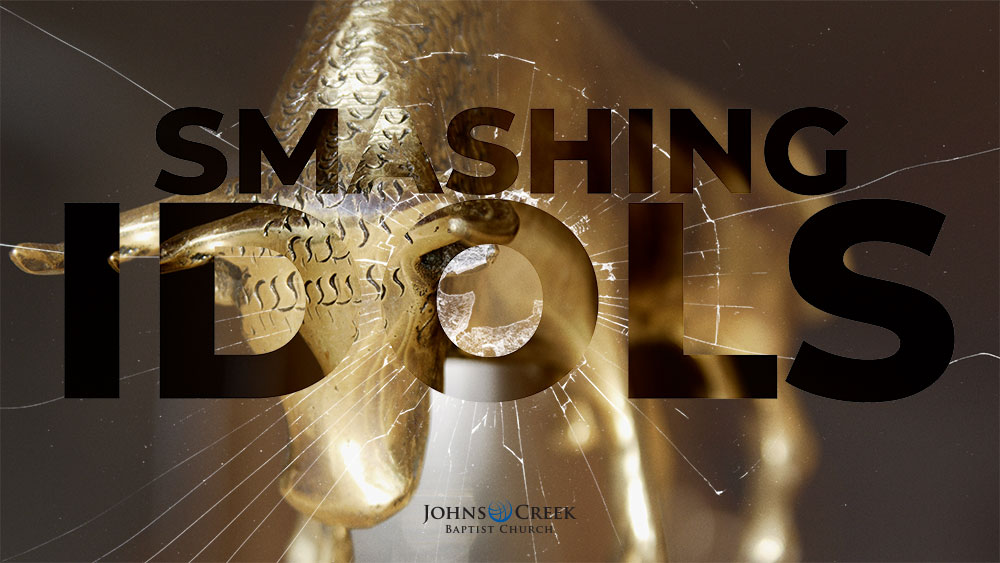*Originally published by AARP
You don’t need a lot of fancy gear or equipment to walk. But you do need a good pair of shoes. If your feet hurt, you’ll stop walking. The right shoes will be well worth the time and money you spend picking them – you won’t get far in shoes that hurt or cause injury.
Foot Basics
Your feet change as you age. Tendons, muscles, and ligaments in your feet stretch, making your feet wider. They also can get longer and, after years of walking on them, the fatty pads that cushion the bottoms of your feet can start to thin out. That’s why you should stand and measure your feet each time you shop for shoes, and look for cushioned shoes that will absorb shock better. Measure both of your feet, if one is larger than the other, go with the larger size.
Your foot type matters. Different types of feet feel better in different shoes. Determine what type of foot you have. One way to tell is to wet your foot and then step on a piece of cardboard or colored paper. Look at your footprint. If you can see most of your foot, you probably have low arches or flat feet. If you see only the side or very little of your foot, you likely have high arches. You’ll be able to see a curved foot if you have neutral arches.
Pain’s a factor. If you have back, knee, or heel pain, you may be better off with a more supportive shoe with cushioning under the heel. If you have bunions (swollen and enlarged big toe joints) or other pain in your big toe joint like arthritis or gout, you should stick with a softer, wider shoe.
Also think about environmental needs before you choose shoes. If you live in a very rainy climate, for instance, you’ll want to make sure the shoes you buy are waterproof. If you live in a cold climate that gets a lot of snow, having shoes with good traction also is important. And if you’re an experienced walker who treks an hour or two five or seven days a week, you’ll need a more protective shoe than someone who doesn’t walk as much. Those will cost you more.
Shoe Shopping
You’re likely to have better luck getting a good-fitting shoe if you go to an athletic shoe store. Ask friends or people in your walking group or health club to recommend a good store and knowledgeable salesperson.
With all the athletic shoes on the market today, it’s easy to get confused about what to buy. While you can wear a running shoe – which has extra cushioning – for walking, avoid other athletic shoes, like tennis or basketball shoes. Walking shoes are made for back-to-front movement, while court shoes are designed for side-side-movement and quick stops and pivots.
Important things to consider when buying a shoe are comfort and fit. Look for a shoe with a good rigid sole – one that’s not super flexible.
Ten Tips for Finding Shoes That Fit
- Buy the right size. Don’t choose shoes by the size marked inside. Go by how they feel on your feet. Even though you measure your feet, sizes can vary by style, shoe brand, company, and the country that makes the shoes.
- Match shoes to the shape of your foot. Choose shoes that fit as closely as possible to the shape of your feet.
- Take the wiggle test. The toebox of the shoes should be roomy enough so that you can wiggle your toes freely and without pressure – but not so loose that your feet slide around in the shoes.
- Buy shoes at the end of the day. The longer you’re on your feet, the more they swell. Most people’s feet are actually largest at the end of the day, after their daily activities. It’s important to fit and buy your shoes then.
- Bring innerwear. Try on shoes with socks or any special inserts you normally would wear.
- Allow a 3/8-inch to half-inch space from the tip of your longest toe to the tip of your shoes. The longest toe is usually either the great toe or the second toe. If you can push the tip of your index finger between the tip of your longest toe and the end of the shoes, the shoe length is adequate.
- Make sure the widest part of your feet fit comfortably in the wide part of the shoes when you’re standing. One trick is to stand and have a friend draw the shape of your feet on a piece of paper. Take the paper with you when you buy your shoes and make sure the shoes you’re considering completely cover the drawing.
- Don’t expect shoes to “stretch out.” If the shoes feel too tight, don’t buy them. With time, your feet may push or stretch shoes to fit, but this can cause foot pain and damage and should be avoided.
- Avoid slipping. Make sure your heels aren’t slipping around in the shoes.
- Take a walk. Before you buy them, put both shoes on and walk around the store. Make sure they fit and feel good.
A Word about Socks
- The kind of socks you wear are a matter of personal taste. For instance, while some people like thick socks, others find them uncomfortable. Some say that the sock and shoe should combine to fit the foot like a glove.
- But when it comes to fabric, choose socks made of a combination of acrylic, nylon, and spandex, which help keep your feet dry and provide extra padding for comfort.
- Take your time choosing and buying walking shoes and socks. And don’t be afraid to spend a little more money for added comfort. Having the right fit is worth it.


